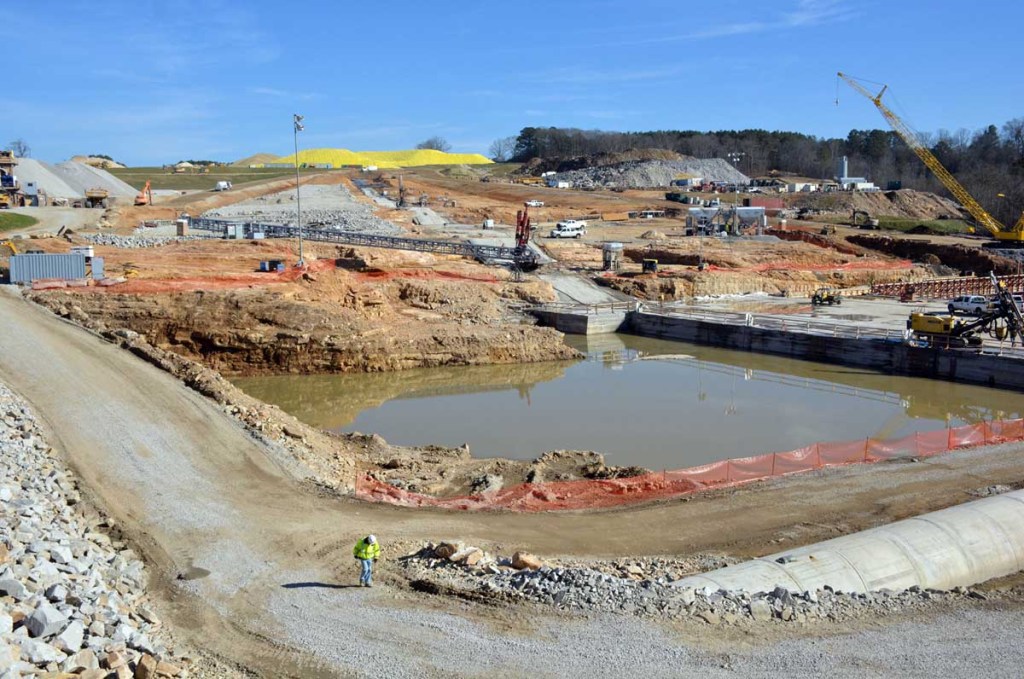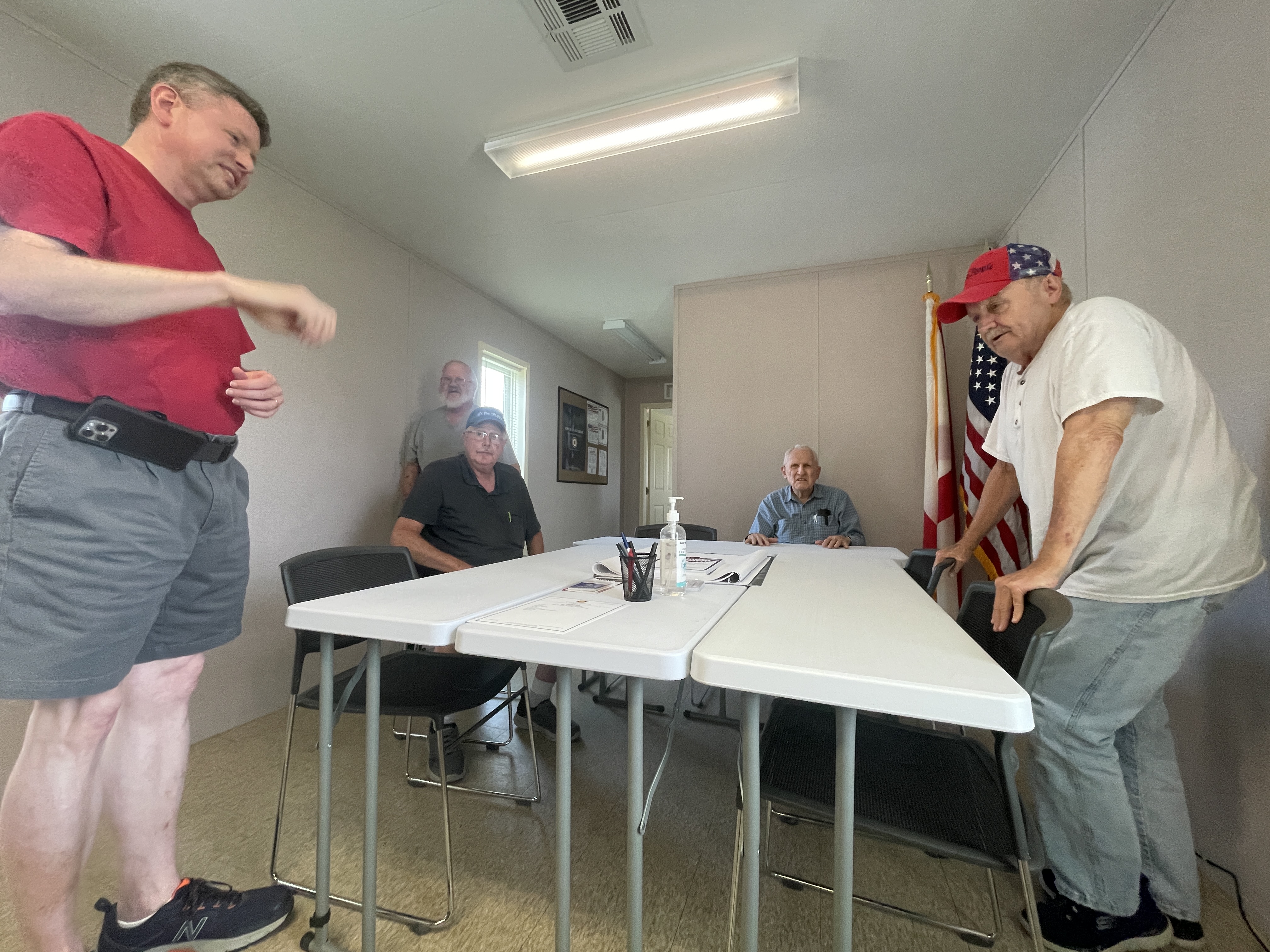City eyeing virtual reality model for Duck River Dam
Published 5:15 am Friday, November 27, 2015

- As construction continues on the Duck River Dam, which is expected to provide a reliable source of water for the area for years to come, consumers may see the anticipated rate increase come in lower than expected.
With the Duck River reservoir project almost to the point where it can start filling with water, the Cullman Utilities Board is looking ahead to potential educational avenues to use the project as a learning tool about the construction process and geological make-up of the area. One option at the top of the list: Virtual reality.
The board has granted preliminary approval to work with Tennessee Tech University’s iCUBE program to develop an immersive 3D experience about the project and the construction process. The proposed virtual reality experience would use the Oculus Rift and Oculus Gear VR tech, which is gaining traction in both the film and video game industry.
The proposed virtual reality project would focus on the construction of the dam, the time and money spent on environmental cleanup, fish and wildlife stocking for future use, and implementations of best management practices to keep water clean. The entire process would take approximately seven months to complete.
The VR initiative would cost approximately $20,000 to complete, which officials hope to split between a handful of different parties, including the engineer, contractor, etc. Tennessee Tech is also working with the Cullman County Board of Education to provide some 3D modeling experience.
Once filled, the Duck River dam project will create a 640-acre lake with a 32-million-gallon-per-day capacity in northeast Cullman County, which will work in conjunction with the area’s current sole major water source Lake Catoma. The design is a hybrid approach, with roller-compacted concrete in the center and earthen wings.
As of this month, much of the dam construction is complete, and officials hope to insert the plug and start filling the reservoir within the next few weeks. The dam height has reached an elevation of 727, with a final target of 741 in sight. With the end in sight for dam construction, ASI Contractors has moved to a 24-hour work schedule.
Officials say the project remains on budget, though some final changes could potentially push construction above or below projected costs. The price jumped significantly to approximately $110 million due to a required redesign once some additional geology was uncovered before the start of construction, though officials say the final cost could come in lower than projected thanks to savings in materials and supplies.
Looking toward the next phase of construction, engineers are now weighing two options for the pump station alignment in an effort to find the most cost-effective route.





